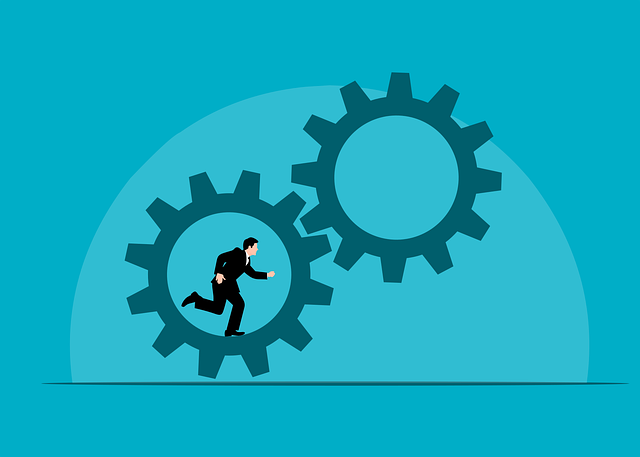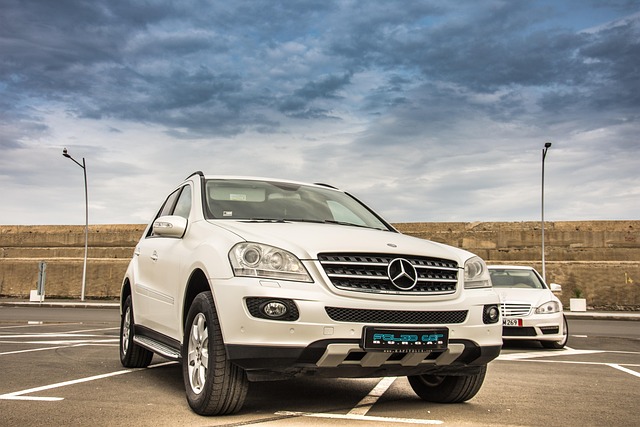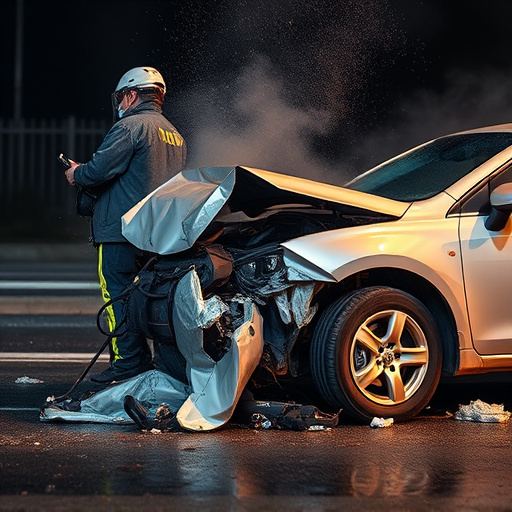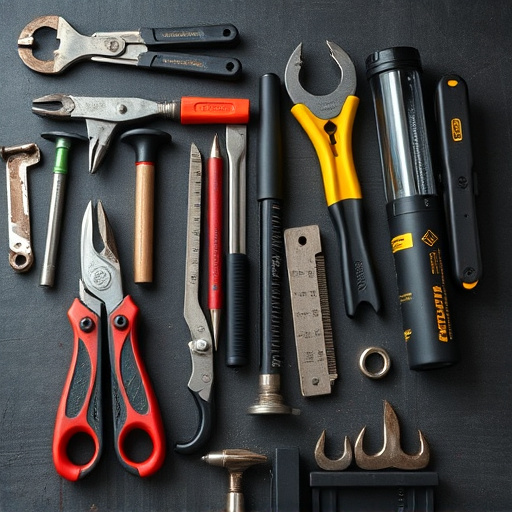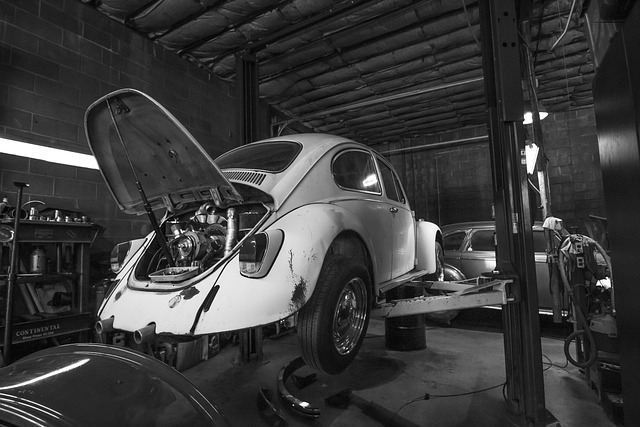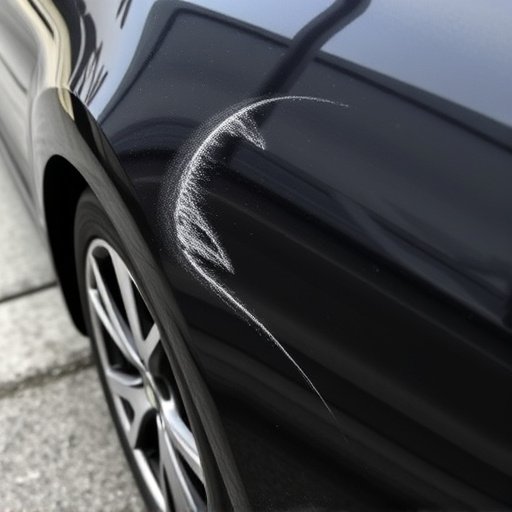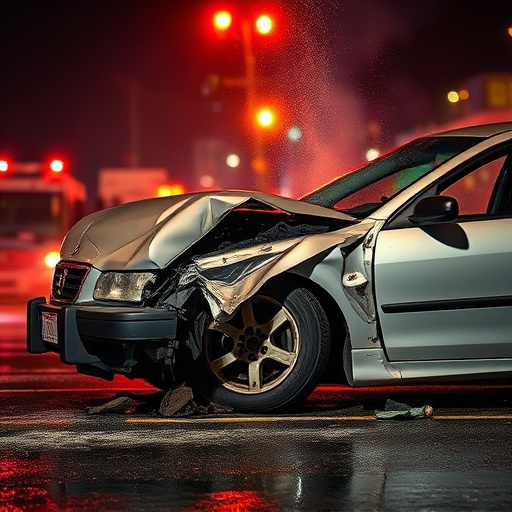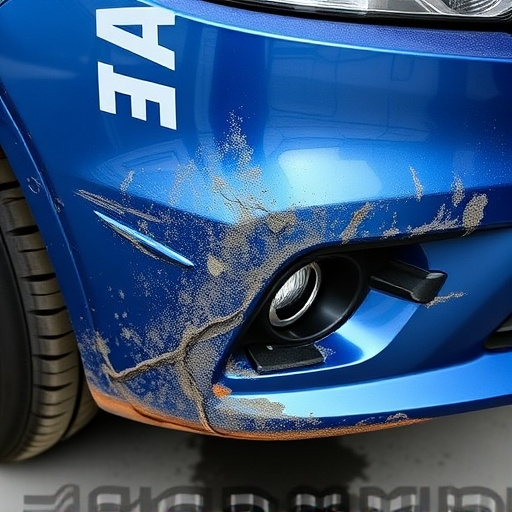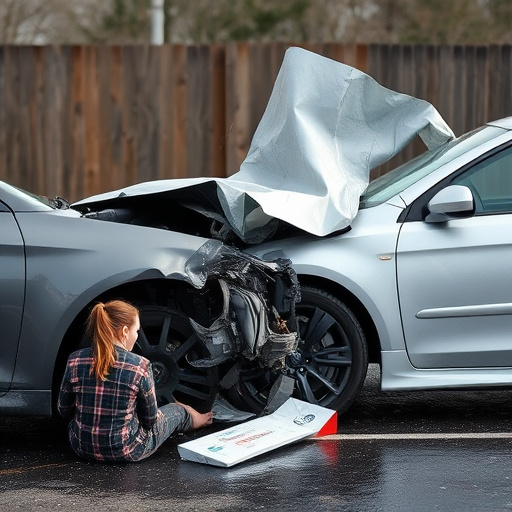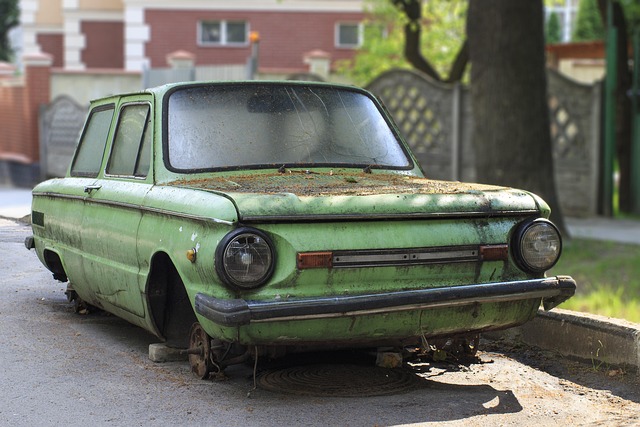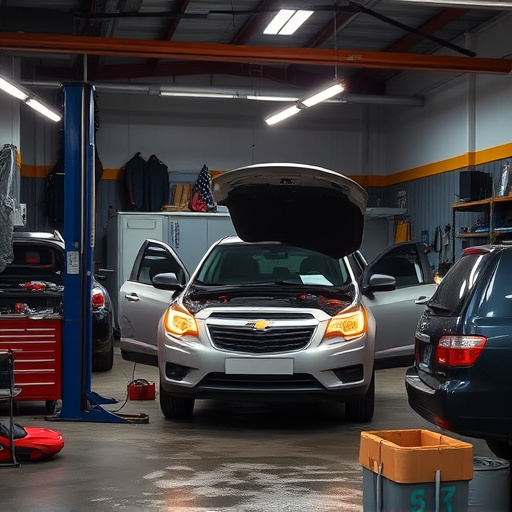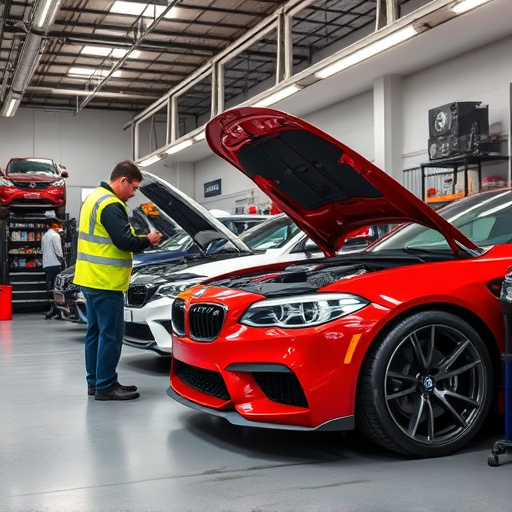The Tesla Adaptive Suspension System requires specialized repair for optimal performance and safety. Common issues include sensor malfunctions, rough riding, and wear on suspension components. A structured approach involves inspection, part replacement, disassembly/reassembly, recalibration, reprogramming, dynamic testing, and using model-specific, high-quality parts to ensure peak efficiency and driving pleasure.
Tesla’s Adaptive Suspension System enhances driving experience with real-time adjustments. However, like any complex system, it can encounter issues. This guide delves into the best practices for repairing your Tesla’s adaptive suspension, addressing common problems and their root causes. From understanding the intricate system to following a step-by-step repair process, this comprehensive overview ensures optimal performance and safety for your electric vehicle. Learn how to effectively tackle Tesla adaptive suspension repairs with confidence.
- Understanding Tesla Adaptive Suspension System
- Common Issues and Causes of Failure
- Step-by-Step Repair Best Practices Explained
Understanding Tesla Adaptive Suspension System

The Tesla Adaptive Suspension System is a groundbreaking feature designed to provide an unparalleled ride experience. It utilizes advanced technology to continually adjust the vehicle’s height and stiffness, ensuring optimal performance on various road conditions. This system is crucial for maintaining control and comfort during both everyday driving and more demanding scenarios like off-roading. By adapting to different terrains and driving styles, it offers a smoother, more responsive journey.
When dealing with Tesla adaptive suspension repair, understanding this intricate system’s functionality is essential. Even minor accidents or fender benders can impact its performance, leading to issues such as uneven tire wear or reduced stability. Therefore, a visit to a reputable collision repair shop specializing in electric vehicle (EV) repairs is advised. Auto body repair experts skilled in Tesla models can diagnose and fix problems, ensuring the suspension system operates at peak efficiency, thus enhancing safety and driving pleasure.
Common Issues and Causes of Failure

The Tesla Adaptive Suspension is a sophisticated system designed to provide an exceptional ride experience, but like any complex mechanical component, it’s not immune to issues. Common problems that require a Tesla adaptive suspension repair include sensor malfunctions, where faulty sensors can lead to incorrect height adjustments and rough riding conditions. These sensors are integral to the system’s ability to adapt to road conditions, so their failure often necessitates professional intervention from an experienced auto repair shop.
Another frequent issue is damage to the suspension struts and coils over time, especially in regions with varying terrain or severe weather patterns. Extreme stress on these components can cause wear and tear, leading to a loss of performance and safety risks. Proper maintenance and timely repairs are crucial, as neglecting these problems can result in more severe and costly automotive body work down the line. Auto repair services specializing in Tesla vehicles are best equipped to diagnose and address such challenges, ensuring your electric vehicle maintains its smooth ride and handling characteristics.
Step-by-Step Repair Best Practices Explained

When tackling a Tesla adaptive suspension repair, following a structured approach ensures optimal results and safety. Begin by thoroughly inspecting the vehicle to identify the issue, utilizing advanced diagnostic tools if necessary. This step is crucial in pinpointing whether the problem lies with sensors, actuators, or control modules. Once diagnosed, gather all required replacement parts specific to your Tesla model. Ensure compatibility and quality to guarantee a seamless fit and superior performance.
Proceed with careful disassembly of the affected components, starting with the removal of any connected electrical or hydraulic lines. Proper documentation and visuals can guide this process, especially for intricate systems like adaptive suspension. Next, address the faulty parts directly: replace sensors if they’re malfunctioning, recalibrate actuators as needed, and reprogram control modules to restore optimal ride dynamics. Reassemble the system, reconnecting all lines and wiring meticulously. Before final testing, double-check connections and tightening procedures for a secure fit. Lastly, conduct dynamic tests on various road conditions to confirm the repair’s effectiveness.
When addressing Tesla adaptive suspension repair, understanding the system’s intricacies, identifying root causes of common issues, and adhering to a systematic repair process are key. By following these best practices, you can ensure not only effective repairs but also the preservation of your Tesla’s advanced driving dynamics and ride quality. Remember that proper maintenance and timely intervention are crucial in keeping your vehicle’s adaptive suspension functioning optimally.
